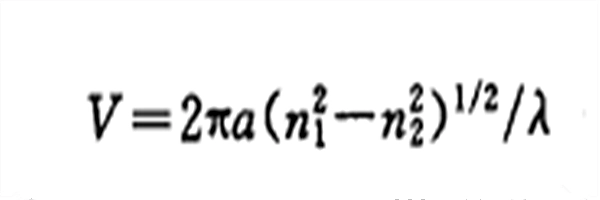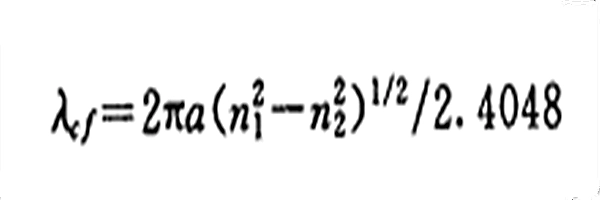
Normalized frequency

In the formula, a is the core radius, is the core and cladding refractive index, and λ is the working wavelength. V=2.4048 is the cut-off value of the modulus. When the structural parameters of the optical fiber are timed, the cut-off wavelength of the optical fiber is:

Copyright @ 2020 Shenzhen Box Optronics Technology Co., Ltd. - China Fiber Optic Modules, Fiber Coupled Lasers Manufacturers, Laser Components Suppliers All Rights Reserved.